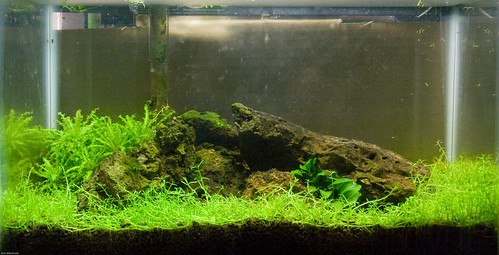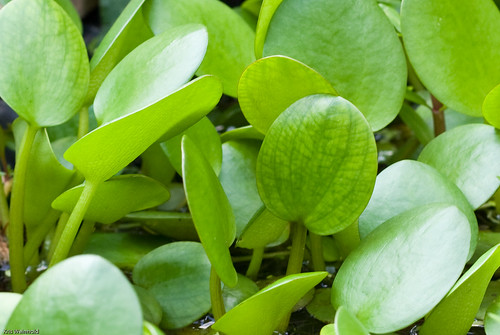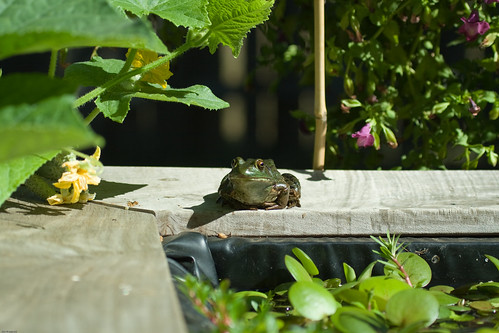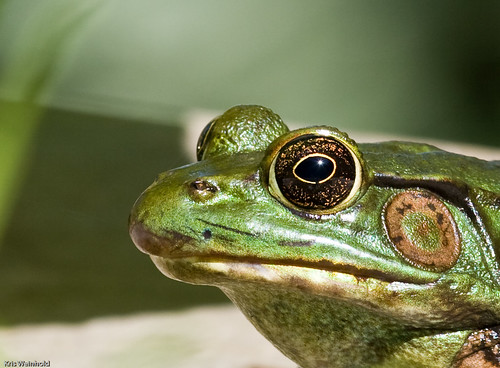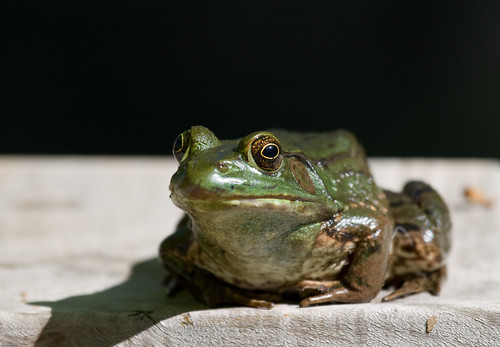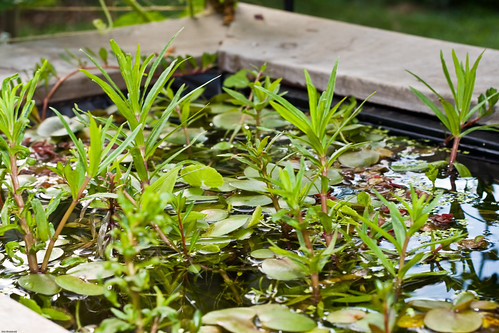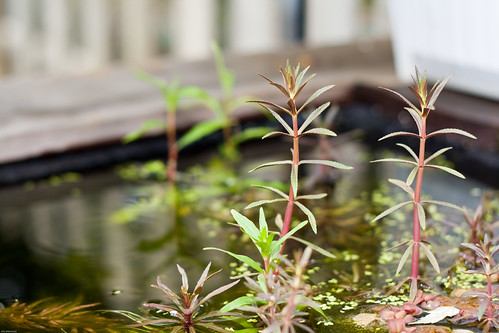Amazon Trip: The Bugs
August 20th, 2007The Amazon plays hosts to a multitude of insects. While we were there, we saw new bugs everyday, especially when we did night hikes through the rainforest. At night, bugs come out from their cover of leaves and sunlight, and are a macro-photographer’s dream. They’ll often just sit there, through multiple flashes. Please don’t expect any expertise on these guys, but I hope you enjoy the pictures.
There are some absolutely jaw-dropping beautiful moths and butterflies constantly flying around the forest. Pretty much every color of the spectrum is represented, but unfortunately, getting pictures of any of these specimens is a test of will, as they rarely stop moving. Above is a moth, resting at night. Of course, all of these moths/butterflies have to come from somewhere, and so there is also a large variety of caterpillars munching away at the foliage.
It’s near impossible to know for sure which species these caterpillars are without fully allowing them to complete their life cycle. These two guys below wouldn’t sit still much at all. They were constantly munching on leaves as you can see in the picture.
I was told that the caterpillar below can leave a nasty sting if you handle his spines. Nevertheless, I thought the little guy to be quite pretty.
If there’s anything that never stops in the forest, it’s the leaf cutter ants. These guys will march right over your foot if you put it in their path. When you find a trail, it seems like it goes on forever. These ants truly are magnificent workers.
Not exactly a bug, I know, but we saw a few examples of snails in the forest, so I wanted to fit them in somewhere. Nothing too exotic, but pretty neat.
Spiders, spiders, spiders. There are so many different types of types in the forest. Wolf spiders, tarantulas, tons of different spiders in webs. Fortunately, they make great pictures!
I like the yellow on this guy’s legs. Probably means he’s dangerous or something.
This is a really interesting catydid below. The white feathers on its back end are made of a waxy substance that turns to dust if you touch it. It’s used as a defense mechanism, much like how a lizards’ tail disconnects, allowing it time to get away from a predator.
There are quite a few odd shaped bugs in the forest.
Here’s another odd-shaped one. He blends in nicely with the tree though.
Then there’s a whole smattering of leaf-camouflaged bugs out there. Here’s one catydid. That notch at the top is not a bite or injury. It’s naturally like that so that they blend in better with the other broken leaves on the ground.
This is another camouflaged grasshopper. This is one of my favorite shots that I got — even his eye is camouflaged!
Then there are more brightly colored catydid, such as the one below with a bright yellow line down its back. I often had to cut out their long antennae from the photos because they were so long.
Another catydid that I thought was very pretty.
Of course, there is a darker side of the rainforest. Where damp environments are, so are fungi, and parasitic nasties. This particular grasshopper had the unfortunate luck of getting infected by a parasitic fungus. It slowly grows inside its host, and eventually breaks through the skin, killing its subject and feeding on its remains. Fun, huh?
Here’s some sort of beetle that I found interesting. All of the mosses on the trees provide ample habitat of a wide variety of bugs.
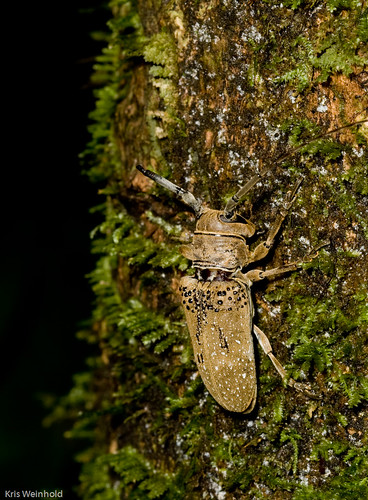
These millipedes were all over the trails in various places. If you startle them, they will ball up into a tight little ball, protecting their soft underside with their hard armored exoskeleton.
This nasty looking thing is called a whiptail scorpion. While looking quite terrifying, it’s actually completely harmless to humans. Infact, we took turns putting this guy on each other’s faces to get that “make mom scream” photo for the trip. We basically considered them really ugly daddy long-legs.
And of course, the Amazon has wasps just like any other place.
I hope you enjoyed my bug pictures. Please don’t use any of them without my permission first. Thank you!
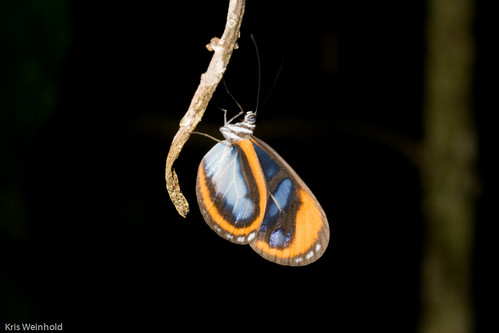
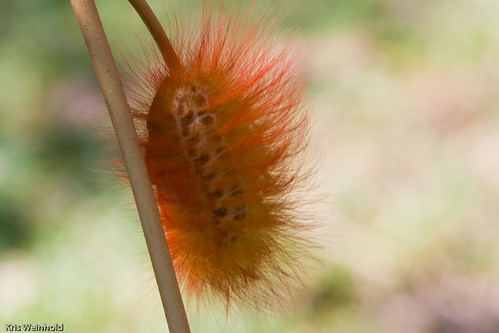
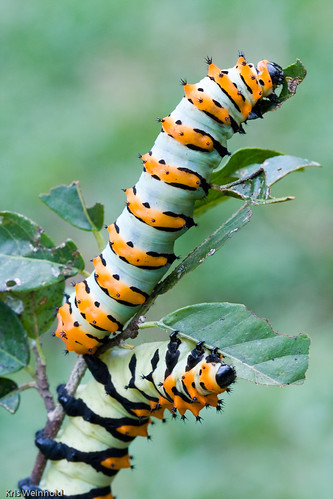

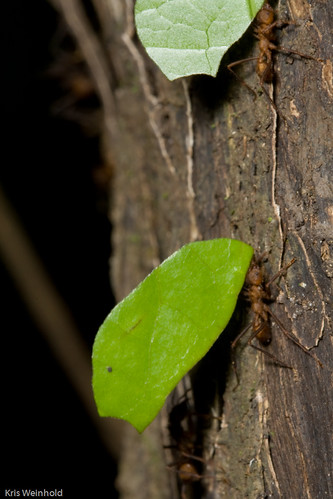
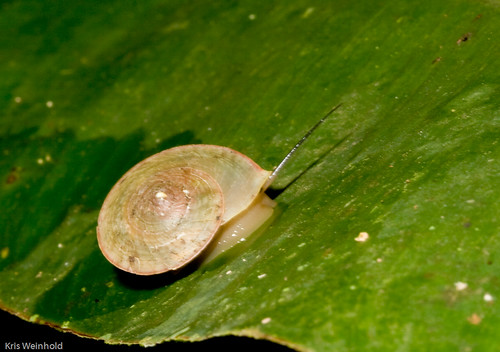

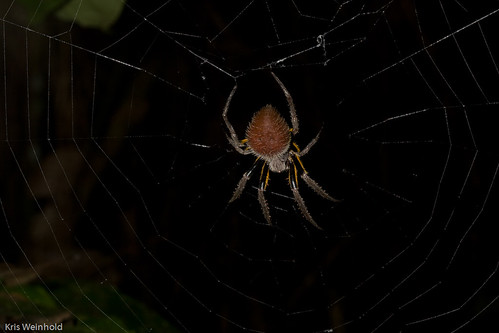

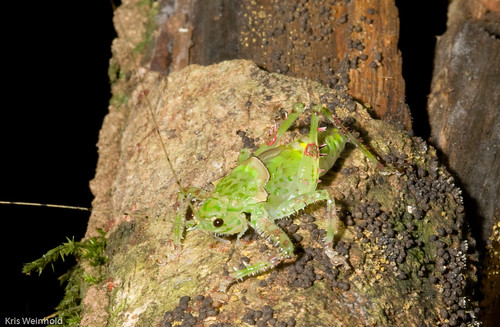


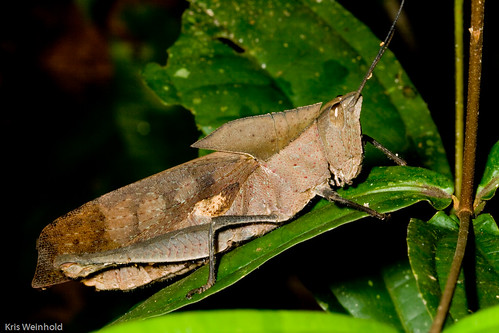
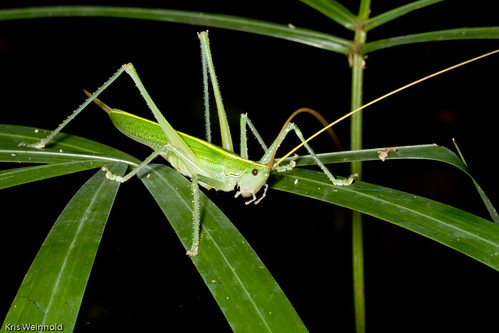

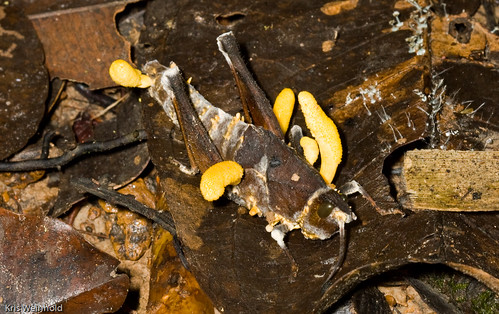
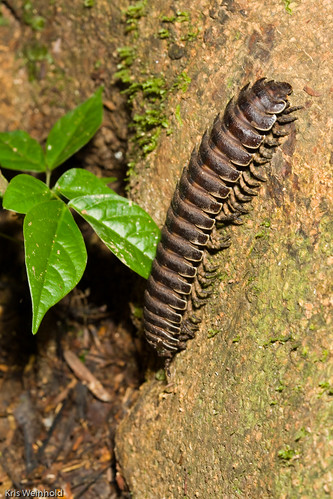
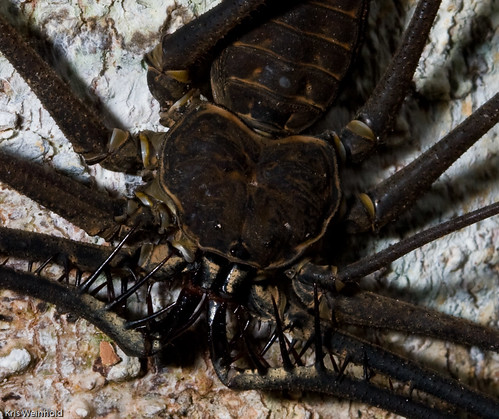
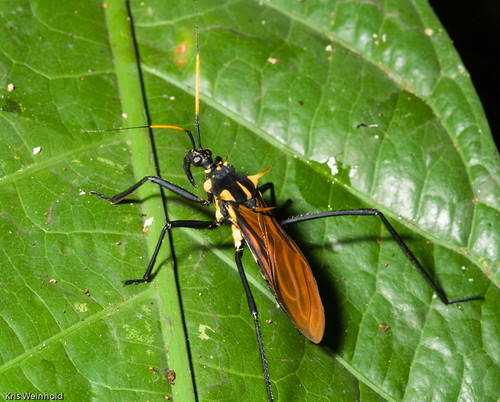

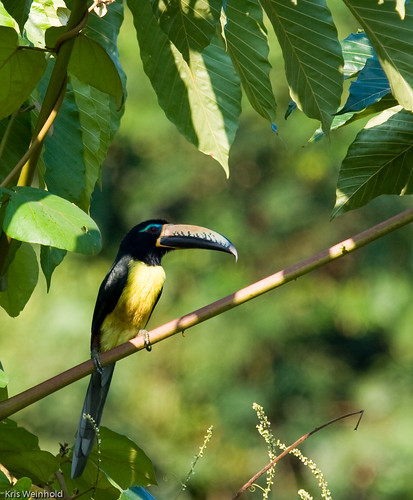
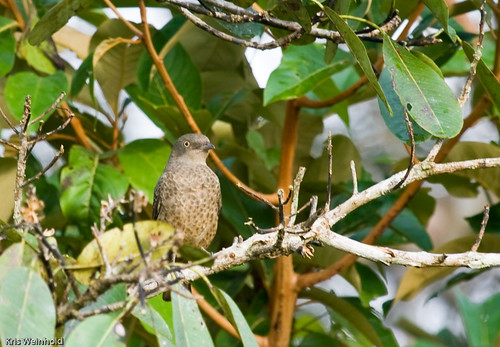
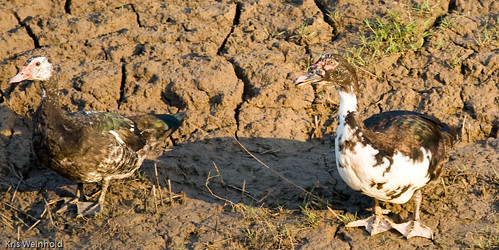

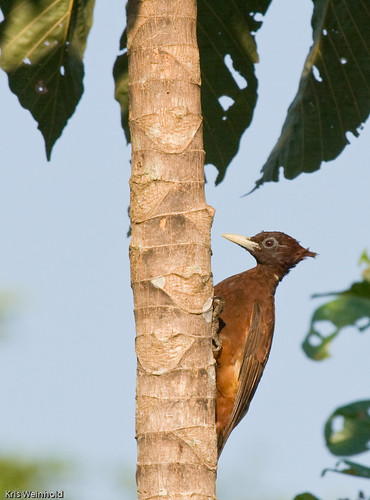



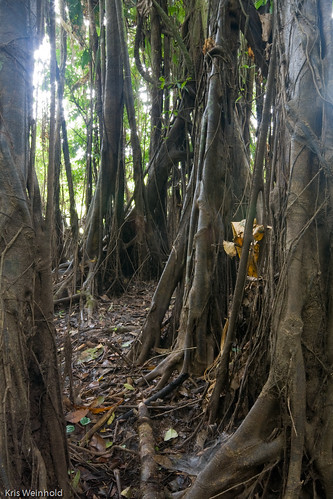
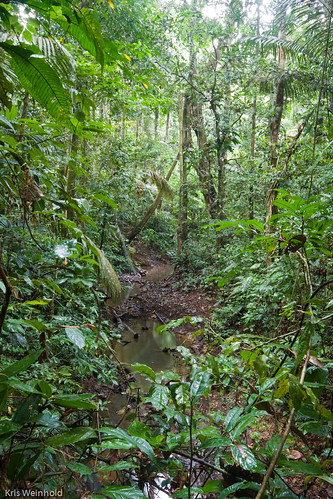
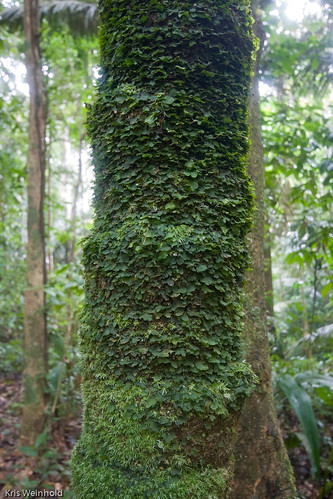

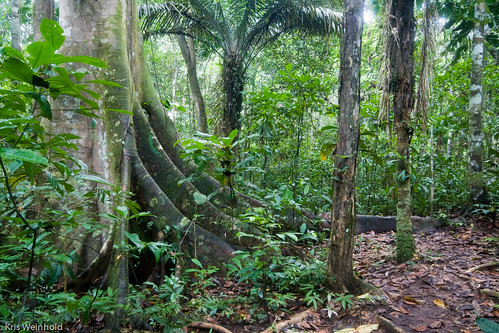

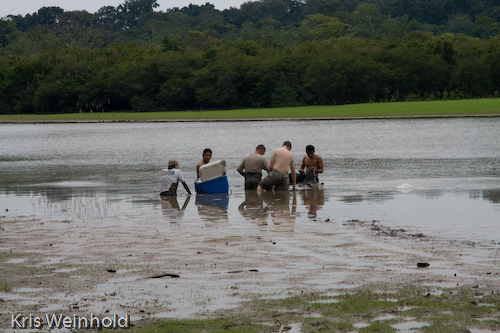
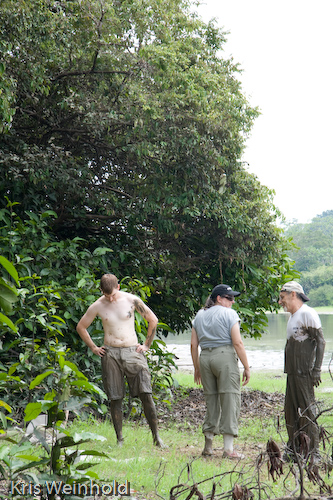
 After coming home from an often-frequented thrift shop, my wife announced that she had bought me an aquarium book. Immediately, when looking at the cover, it’s obvious that the book was dated, but with plants on the cover, I figure it’s at least worth a look.
After coming home from an often-frequented thrift shop, my wife announced that she had bought me an aquarium book. Immediately, when looking at the cover, it’s obvious that the book was dated, but with plants on the cover, I figure it’s at least worth a look.

